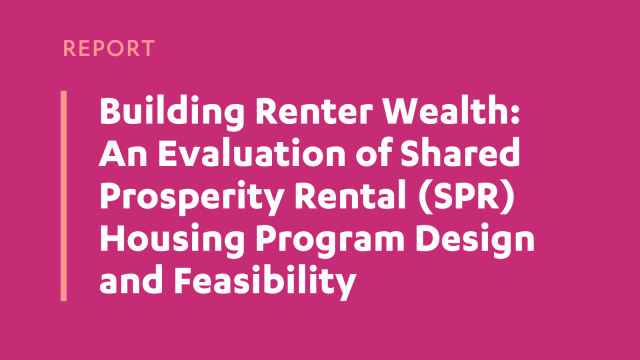Replacing RSO: Aligning Incentive Policies with Tenant Protections in Los Angeles
Los Angeles’s Rent Stabilization Ordinance (RSO), adopted in 1979, regulates roughly 44% of the city’s rental stock, much of which houses low-income tenants. The ordinance limits annual rent increases and restricts evictions in buildings constructed before October 1978, offering critical protections for tenants vulnerable to rent burden and displacement. However, these units are increasingly targeted for demolition following Ellis Act evictions, a process that allows landlords to withdraw properties from the rental market. City and state housing incentive programs such as Executive Directive 1, the Transit Oriented Communities (TOC) program, and the Density Bonus Law encourage new development by streamlining approvals and zoning concessions when a portion of units are designated as affordable through covenanted income restrictions. While these tools are not designed to demolish RSO units, they are frequently used in projects that replace them. Yet most of the affordable units produced are priced for households earning up to 80% of area median income, a level unaffordable to many of the low-income tenants living in the neighborhoods. Though state laws mandate one-for-one replacement of protected units and a “right to return” for qualifying tenants, enforcement is limited, and renters displaced by Ellis Act evictions have yet to exercise their right to return.



